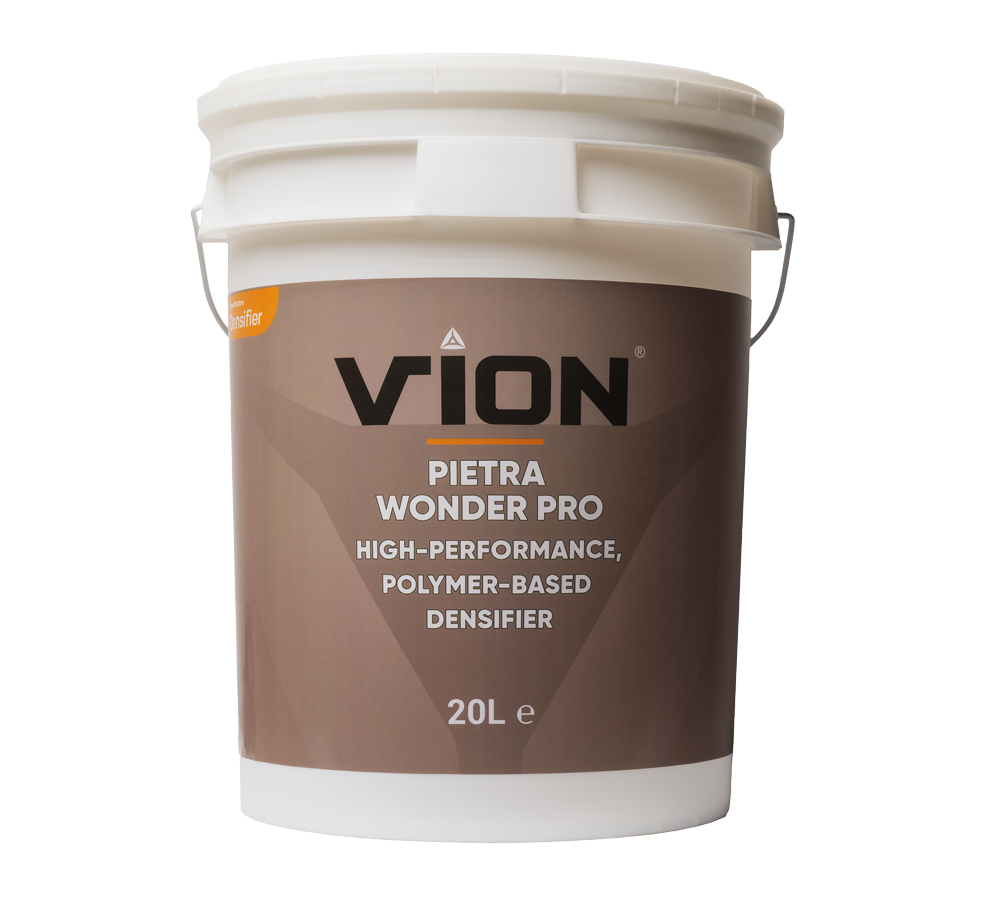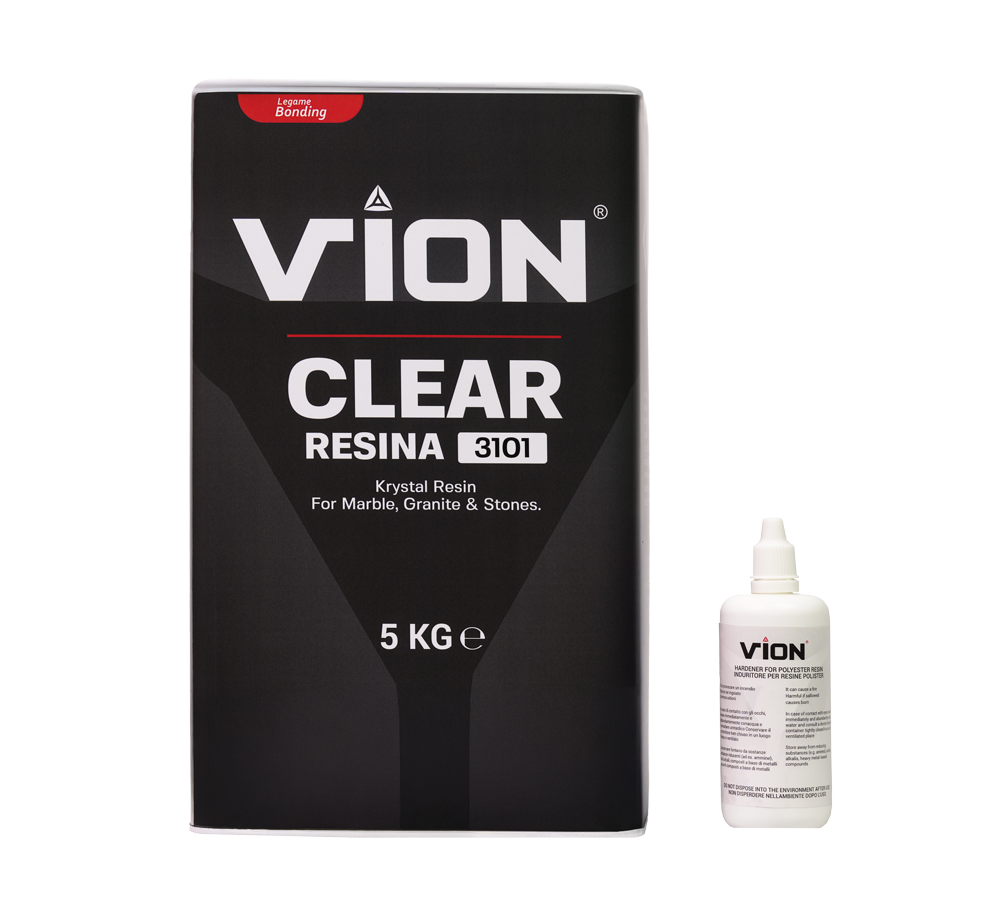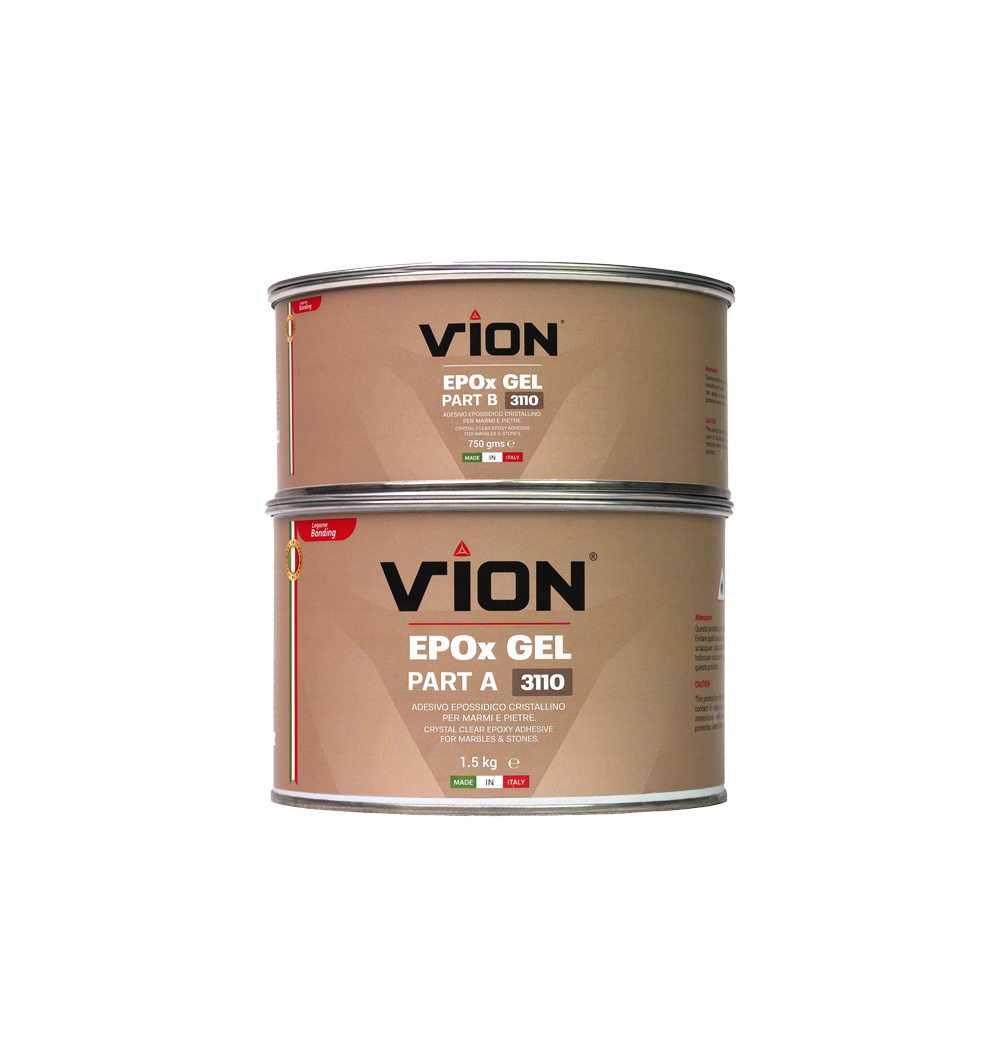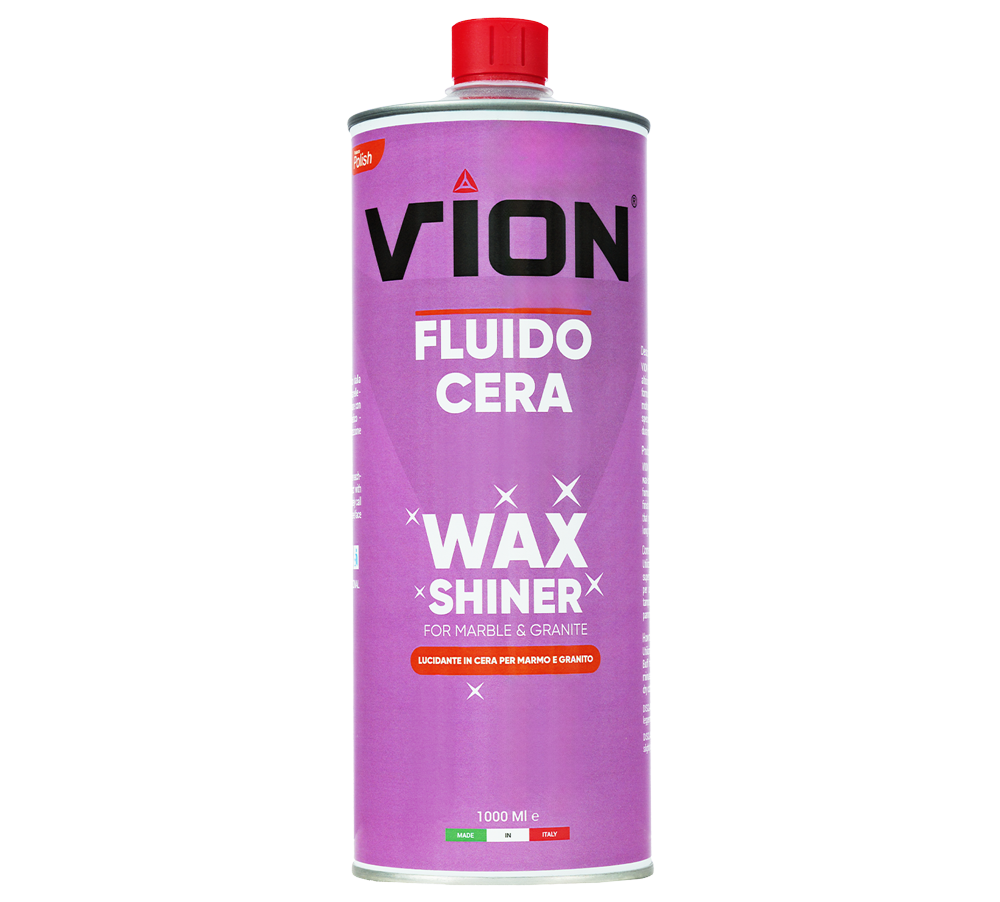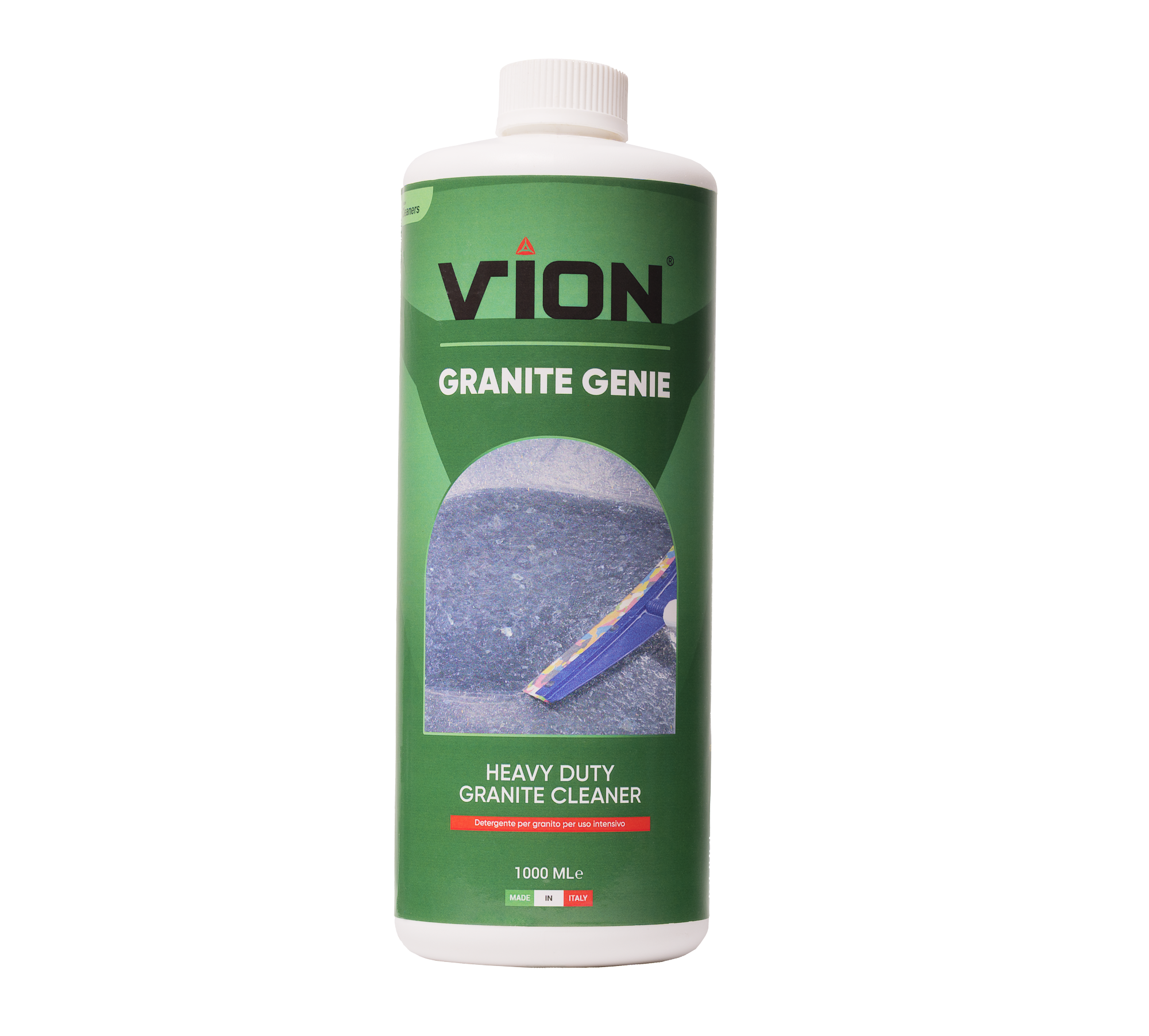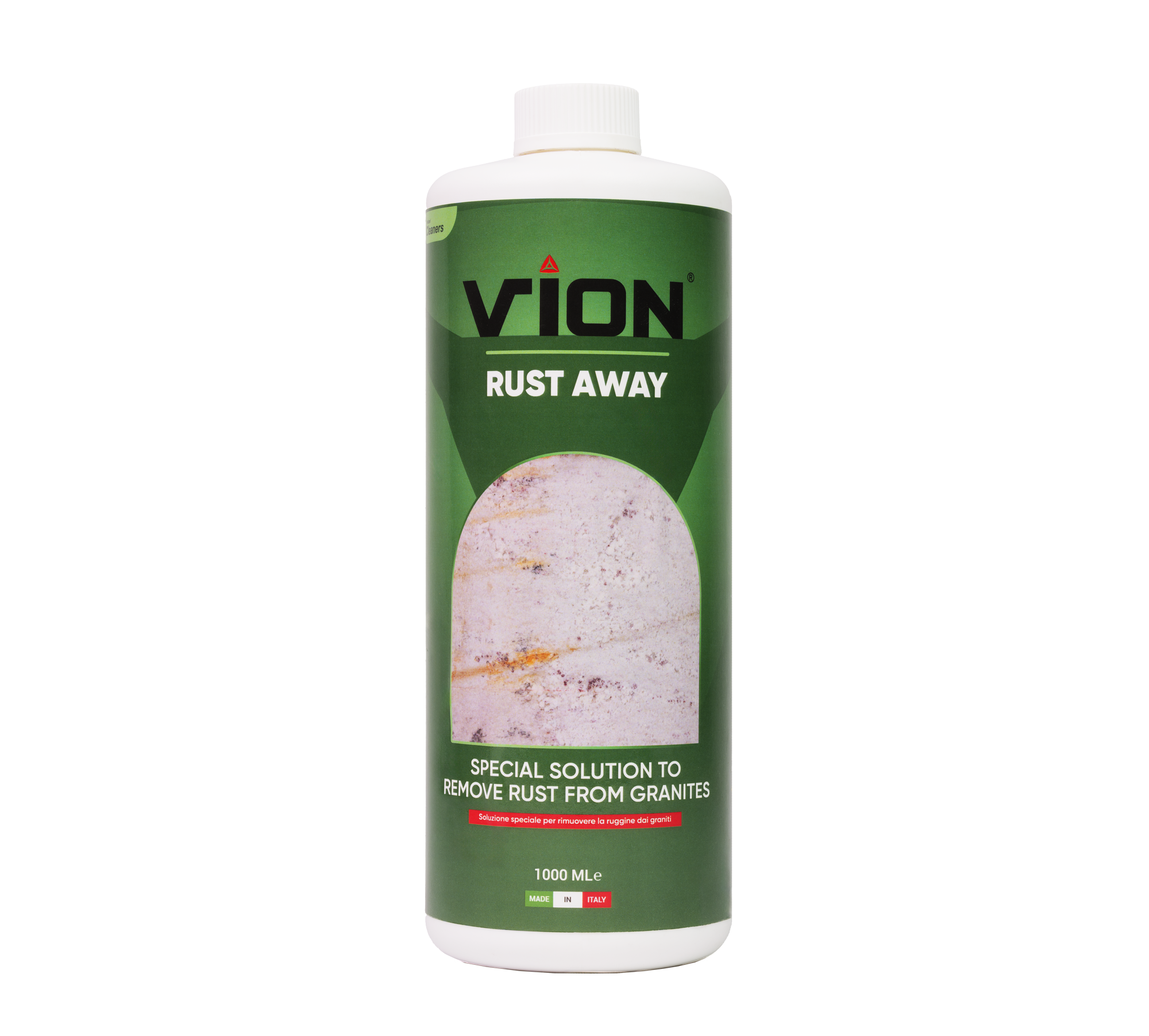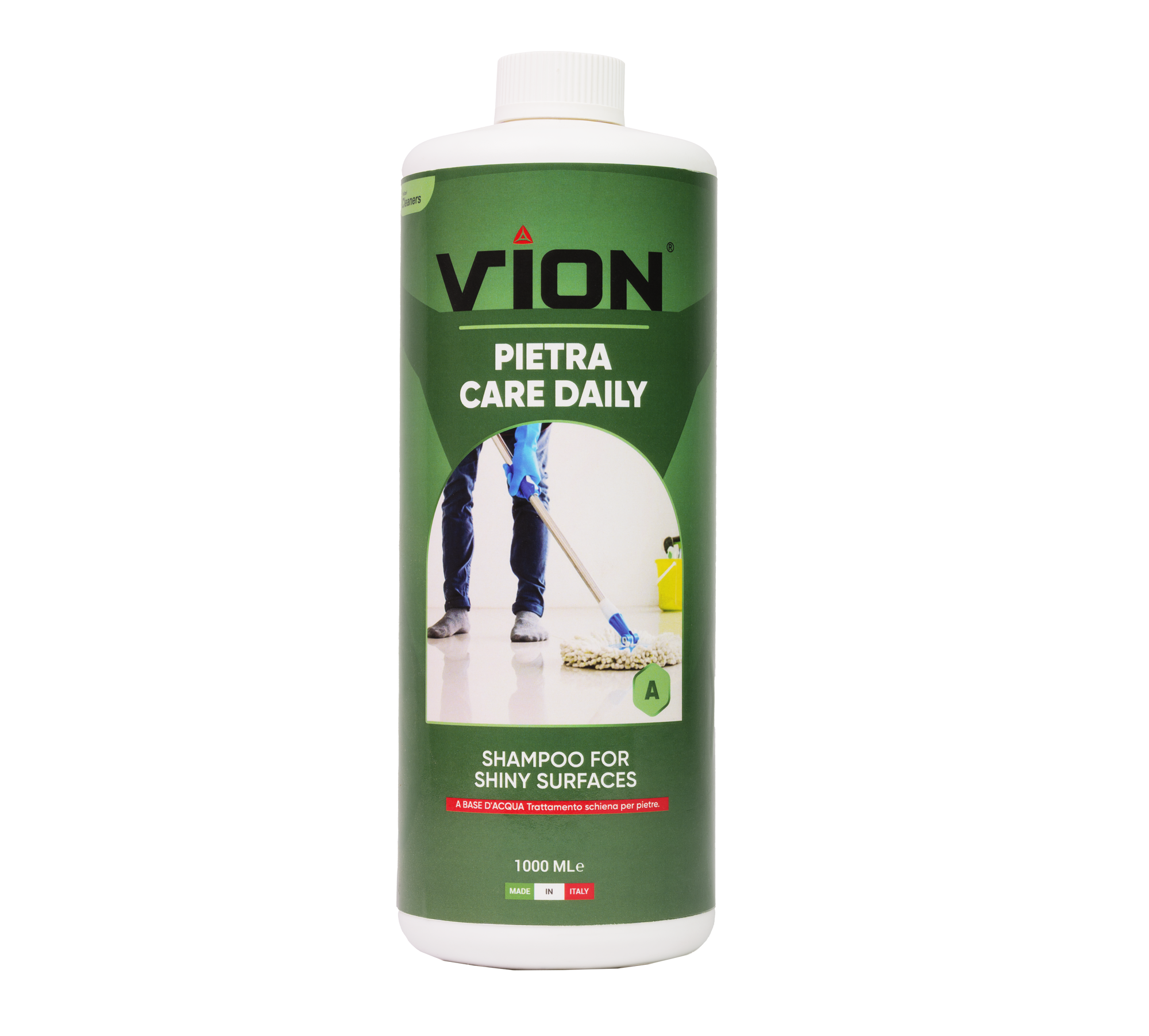Instruction To Use:
Surface Preparation:
- Prior to application, ensure the target surface is meticulously cleaned and devoid of any contaminants such as dirt, oil, dust, or moisture. Contaminants can compromise the adhesive bond strength.
- Utilize a suitable cleaning solvent recommended by the manufacturer to remove any surface contaminants.
- Visually inspect the surface for cracks, pinholes, or other defects that might impact adhesion. Address any such defects with appropriate repair methods before proceeding.
- Allow the surface to completely dry before epoxy application.
Epoxy Mixing:
- Precisely measure Component A (Resin) and Component B (Hardener) according to the specified weight ratio of 4 parts Resin to 1 part Hardener. Utilize a calibrated scale to ensure accurate measurements.
- Employ a thorough mixing technique for a minimum of [Manufacturer's recommended mixing time] to achieve a uniform and homogeneous blend throughout the entire mixture. This ensures proper activation of the curing process.
- Scrape the sides and bottom of the mixing container periodically during the mixing process to incorporate any unmixed material.
Application:
- Select an appropriate application tool based on the surface area and desired epoxy layer thickness. Common tools include squeegees, trowels, or rollers.
- Apply the mixed epoxy promptly onto the prepared surface, ensuring complete coverage of the desired area.
- For optimal results when filling cracks or pinholes, utilize a pointed tool (e.g., syringe or craft stick) to ensure the epoxy penetrates these defects thoroughly.
Curing:
- Allow the applied epoxy to cure undisturbed for a minimum of 24 hours at the recommended ambient temperature (as specified by the manufacturer). During this time, the epoxy will undergo a chemical reaction to achieve its full strength and desired properties.
Additional Considerations:
- Refer to the manufacturer's safety data sheet (SDS) for proper handling and disposal procedures for the epoxy and its components.
- Wear appropriate personal protective equipment (PPE) such as gloves, safety glasses, and respiratory protection (if recommended) while handling the epoxy.
- Work in a well-ventilated area to minimize exposure to epoxy fumes.
Size: CONTAINER SIZE: 1 KG RESIN AND 250 GMS OF CATALYST, 4 KG RESIN AND 1 KG CATALYST.
AREA OF USE: Marble and Granite Slab
Color: Water Clear.



